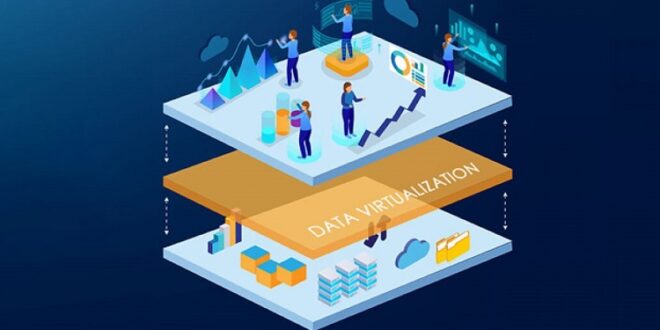As a company, you are constantly dealing with different pieces of data from a number of different sources. Every vendor you deal with is going to send you new information. You get data from your customers when they log in to your website or buy a new product. Updating your inventory means updating all your data across different platforms. No matter what format your information is taking, it’s important that you handle data management in the most effective way. This is where business intelligence platforms can be an enormous benefit to your company.
You need a roadmap to understand data. Beyond that, you need actual insights to forge a path to where you’re going. Data virtualization platforms can offer you both. With real-time access to your data movement and updated insights, you’ll be able to make smarter decisions for your business. After all, isn’t that the goal? Being able to harness data and practice better business systems because of that information is the best way to grow a successful enterprise. Here are a few specific data virtualization software tools that can help you go big with your big data.
What is data virtualization?
With so many different specialties within business intelligence, it’s important to understand what sets data virtualization tools apart. Essentially, data virtualization software is a bridge between data sources of all shapes and sizes that brings important data together in one unified place. This is a modern way to deal with data that helps fuel your analytics platforms. You can access, analyze, transform, and deliver datasets quicker and more effectively than ever before with this platform.
Rather than trying to understand and analyze unstructured data from single sources, data services will help you identify patterns and organize information into sections that can benefit your business decision-making. Let’s continue to break down some of the unique areas of this model.
Visualize your information to see actionable insights.
Virtualization is closely related to visualization. You are using a virtual layer to create a visual you can better understand. Data visualization tools are a part of this process. When you can understand data in the form of a graph or chart rather than unstructured data, you can see solutions easier. Having that clear dashboard allows everyone on your team to harness data and use it for their own means. This means you can take action quicker, as soon as you see these insights.
Help understand your forecasting.
It’s hard to run a business and make decisions for the future when you have no idea what that future holds. Of course, no one can actually see into the future, but there are data virtualization solutions that can help you forecast certain trends and outcomes. By harnessing business data, you can benefit from predictive analytics. Learn how different steps you may take will cause different outcomes for your data. This can help you make bold decisions without worrying too much or taking huge risks.
Quicker processing power allows for real-time results.
One of the biggest benefits of data virtualization is the speed at which you can process data. Streamlining your process and processing data immediately allows you self-service access immediately. When you can make decisions and thrive on real-time results, you are staying one step ahead of your competition.
Catalog data for easier access.
When you’re managing a big workload, it helps to separate pieces of data into different folders or catalogs. This is exactly what data virtualization accomplishes. By taking available data and creating different data centers for every piece of information, you are creating a catalog with easily accessible information. This will help you get the exact data you need when you need it down the line.
 HammBurg Be informed with latest news, reviews, entertainment, lifestyle tips, and much more.
HammBurg Be informed with latest news, reviews, entertainment, lifestyle tips, and much more.




